JFMK, Free Full-Text
$ 17.00 · 4.8 (655) · In stock
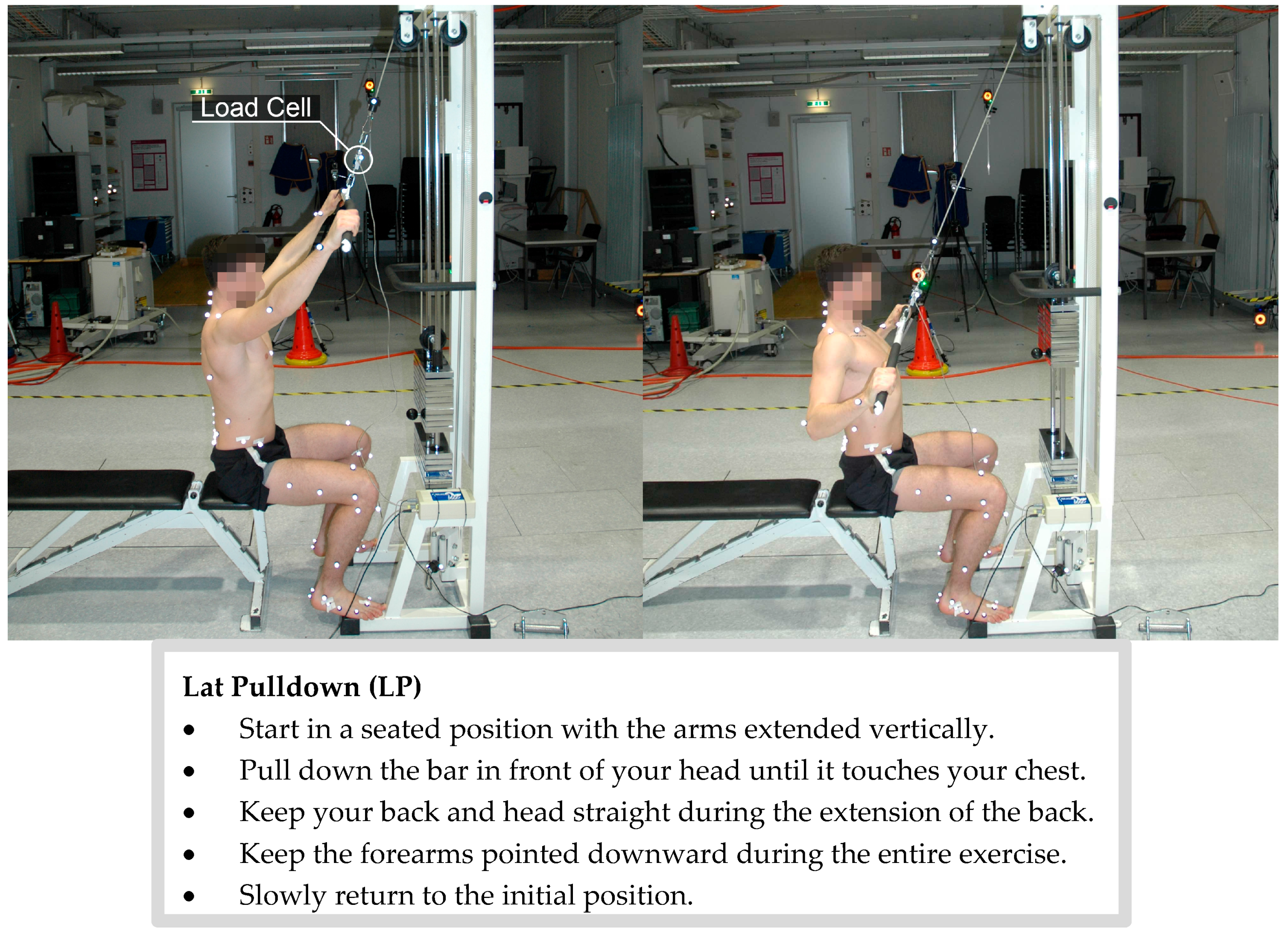
The back is an extremely common site of injury among both athletes and sedentary people. Furthermore, low back pain has become prevalent in our society. Maintaining strong back muscles can help prevent future pain or injuries. Here, the aim is therefore to assess the kinetic and kinematic movements of four pulling exercises with different external loading directions. Fifteen healthy subjects were analyzed using a 3D motion capture system. The pulley machine was equipped with a load cell for force data acquisition. The exercises consisted of 8 repetitions each of the lat pulldown (25% and 50% body weight (BW) extra load), the lat pulldown with 45° incline (10% and 25% BW), the seated cable row (25% and 50% BW) and the upright row (standing, 10% and 25% BW). The minimum and maximum curvature angle in the thoracic as well as the lumbar spine was larger during the upright row than during the other exercises. Furthermore, during the upright row, the sagittal moment in the shoulder joint is opposed to the other exercises in the direction of retroversion. Due to the higher lumbar curvature observed in low back patients, to avoid overload, it is not advisable for patients with back pain to perform upright rows.

JFMK, Free Full-Text

JFMK, Free Full-Text

Shipping them globally Stretch of the Week: Self-Massage Technique

JFMK, Free Full-Text
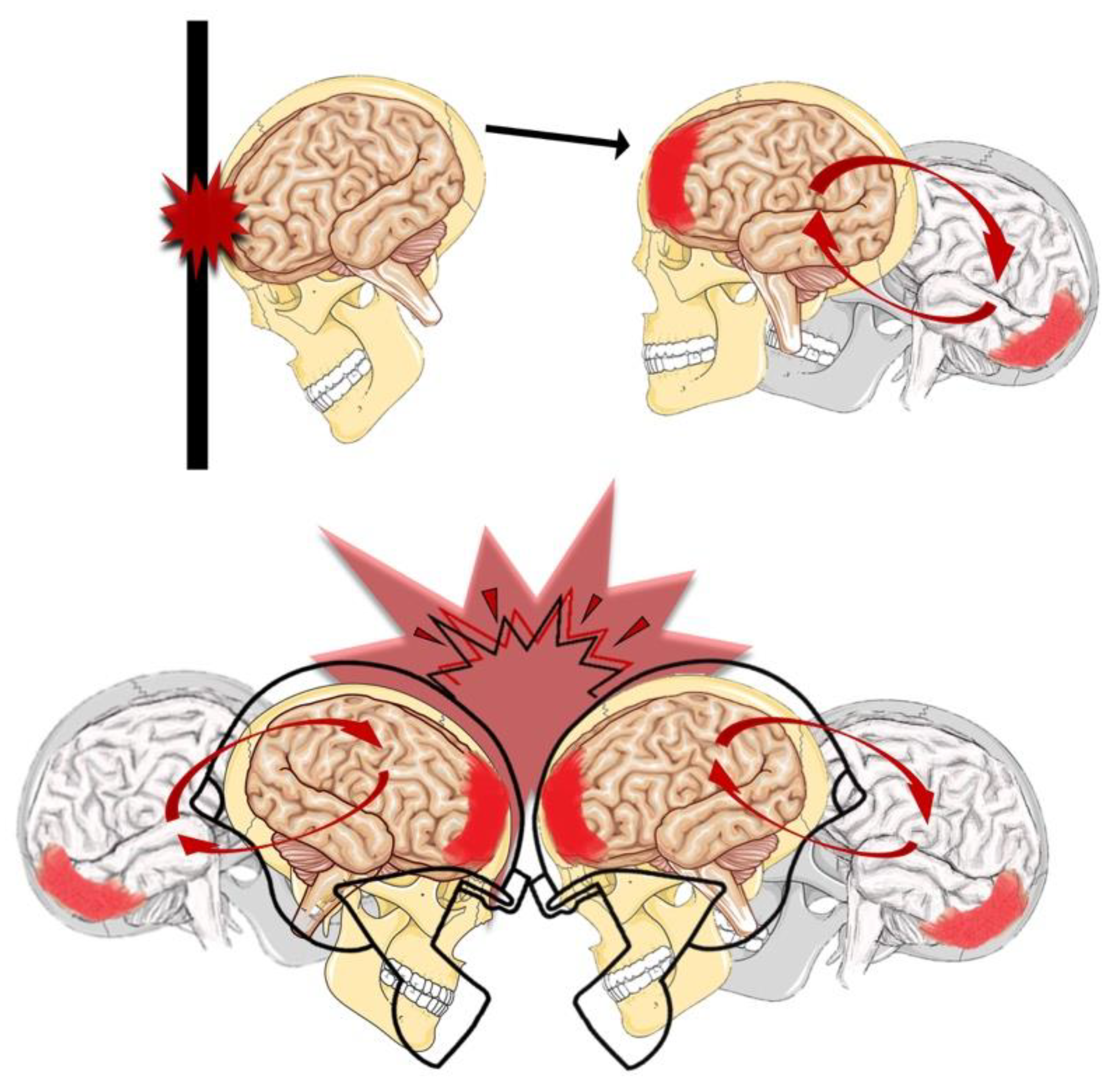
JFMK, Free Full-Text
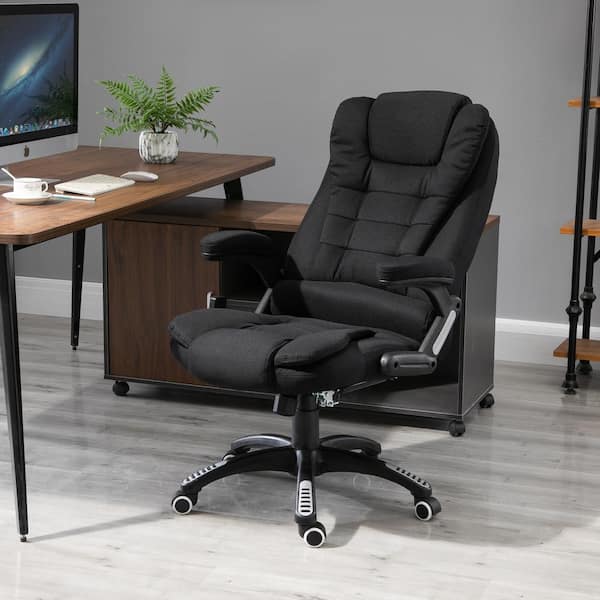
Low prices storewide Heated Back Brace Massager for Lower Back
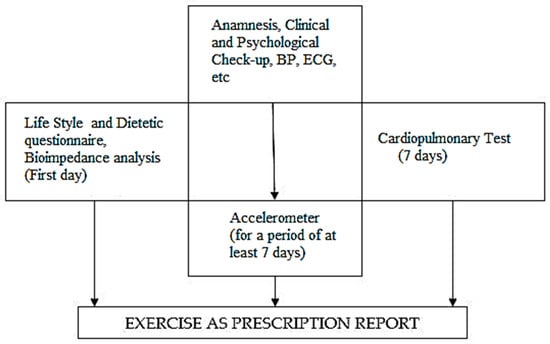
JFMK, Free Full-Text
:max_bytes(150000):strip_icc()/Do-Massage-Guns-Really-Work-V2-Recirc-31e64df373544aeead4b205061d9f188.png)
Value Rich Considering a massage gun? Here's what you need to know
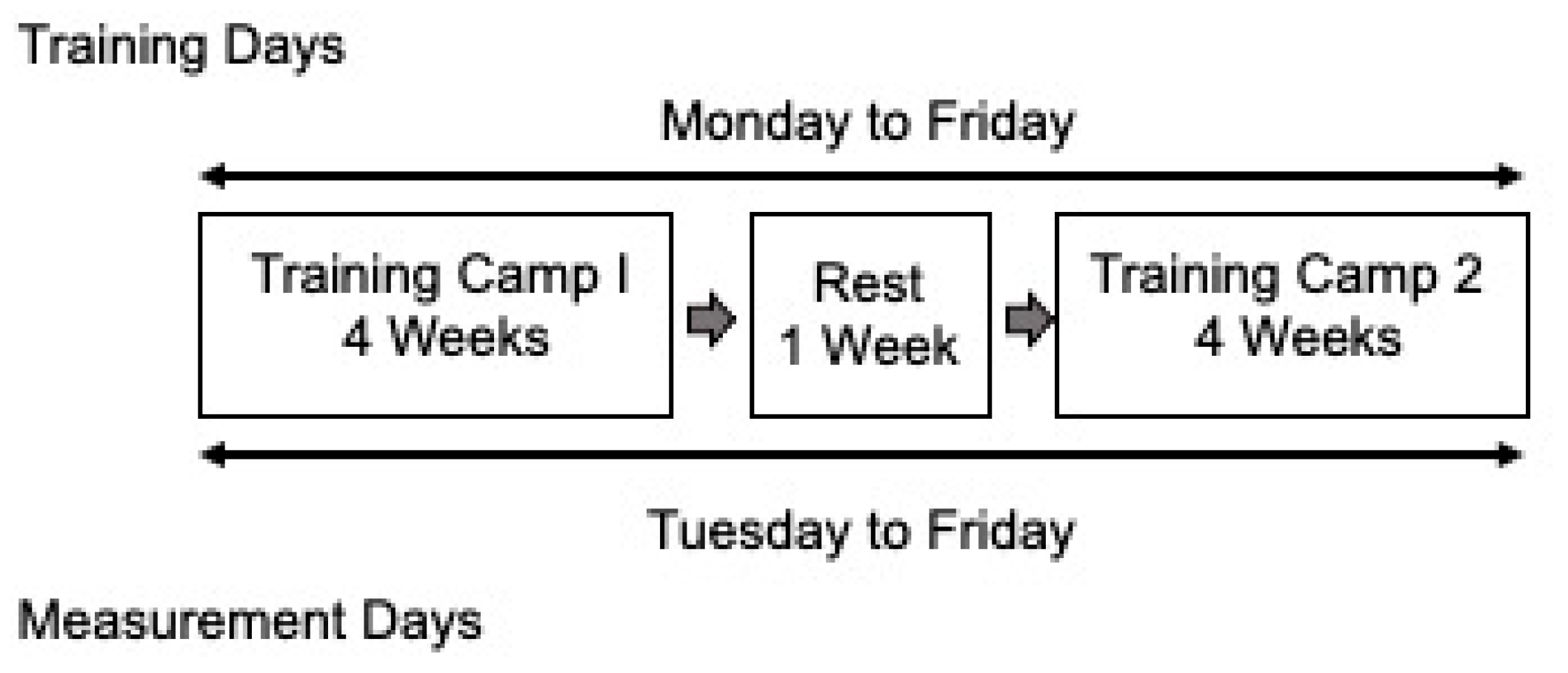
JFMK, Free Full-Text

JFMK, Free Full-Text

JFMK Free Full-Text Clinical Implementation Of Exercise Guidelines

JFMK, Free Full-Text

Schematic representation of Illinois Agility Test., stop time